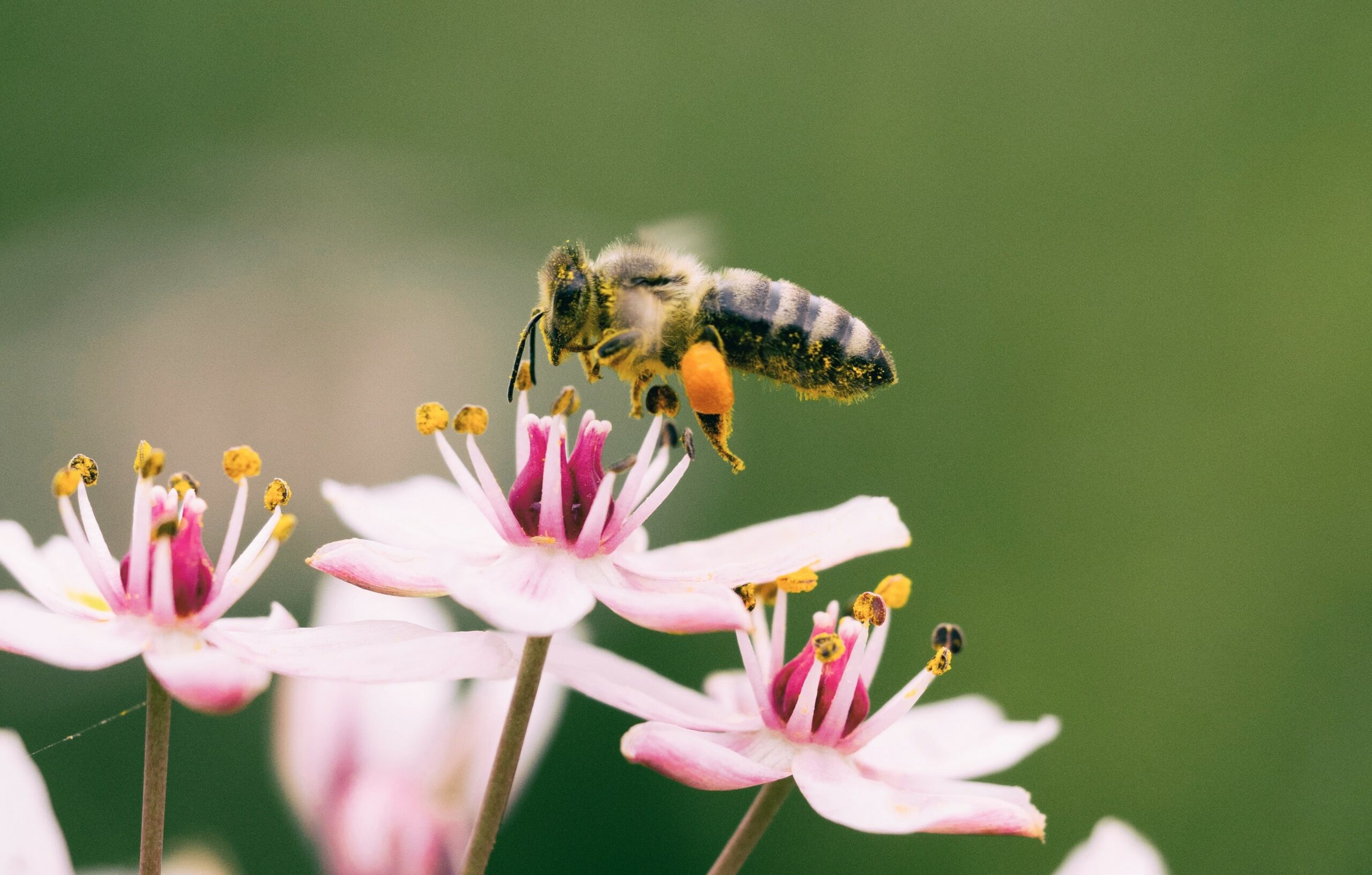Whether you love them or loathe them, we all depend on bugs. Insects help to pollinate three-quarters of the world’s crop varieties, making them a treasured resource. But we’re making the lives…Read More >
pollination
The effects of air pollution on pollinators
Declines in pollinator abundance and diversity over the last century are currently considered to have been the result of a range of interacting stressors, such as agricultural intensification and climate…Read More >
Plants are flowering a month earlier – here’s what it could mean for pollinating insects
Plants are flowering about a month earlier in the UK due to climate change. That’s according scientists at the University of Cambridge, who recently analysed the first flowering dates of 406…Read More >
Boosting bee diversity can help stabilise crop production
There are over 20,000 bee species and together they help pollinate more than 75% of the world’s leading food crops. Honeybees tend to hog the limelight, but few realise how…Read More >
A river runs through it
Last month, researchers from the Loddon Observatory – a unique research, teaching and innovation project based around a river basin – showcased their work to academics and colleagues. Sarah Harrop…Read More >
Protecting our natural resources is just as important as cutting plastic waste.
The government’s pledge to reduce plastic waste is a step in the right direction – but it’s equally vital to protect our natural resources such as bees, says Professor Simon…Read More >
Safeguarding the world’s pollinators: International experts converge on Reading to inform UN policy
Thirty international experts met at the University of Reading recently, to help the United Nations develop better policies and practices to safeguard the world’s pollinators. The meeting of the Intergovernmental Science-Policy…Read More >
What have insects ever done for us?
Michael Garratt, from School of Agriculture, Policy and Development, tells us why we should care about insects as National Insect Week approaches. Since I picked up my first ladybird as…Read More >


